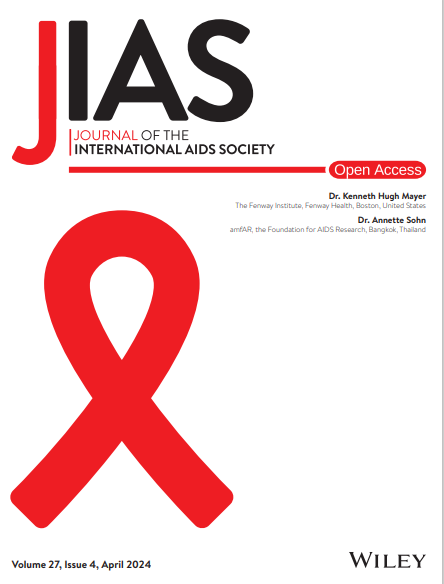We sought to characterize social and structural drivers of HIV vulnerability for transgender women (TGW) in Zimbabwe, where TGW are not legally recognized, and explore differences in vulnerability by feminine presentation.
A secondary analysis was conducted with a sub-sample of participants recruited from a 2019 respondent-driven sampling survey that comprised men who have sex with men, TGW and genderqueer individuals assigned male sex at birth, from two cities in Zimbabwe. Survey questionnaires captured information related to socio-demographics, sexual and substance use behaviours, and social and structural barriers to HIV services. Secondary analyses were restricted to participants who identified as female, transfemale or transwomen (236/1538) and were unweighted. Descriptive statistics were used to calculate sample estimates and chi-square and Fisher's exact tests were used to assess differences in vulnerability by feminine presentation.
Among 236 TGW, almost half (45.3%) presented as feminine in the 6 months preceding the survey and 8.5% had ever used hormones to affirm their gender identities. Median age among TGW was 23 years (interquartile range: 20–26). Feminine presenting TGW in our sample had higher prevalence of arrest (15.9% vs. 3.9%), rejection by family/friends (38.3% vs. 14.0%), employment termination (11.2% vs. 3.9%), employment refusal (14.0% vs. 3.9%), denial of healthcare (16.8% vs. 2.3%), physical, sexual or verbal harassment or abuse (59.8% vs. 34.1%), alcohol dependence (32.7% vs. 12.4%), recent transactional sex with a male or TGW partner (30.8% vs. 13.3%) and recent non-injection drug use (38.3% vs. 20.2%) than non-feminine presenting TGW (all p-value <0.05).
Findings suggest that TGW, particularly feminine presenting TGW, experience social and structural inequities which may contribute to HIV vulnerability. Interventions aimed at addressing inequities, including trans competency training for providers and gender-affirming, psychosocial and legal support services for TGW, might mitigate risk.


